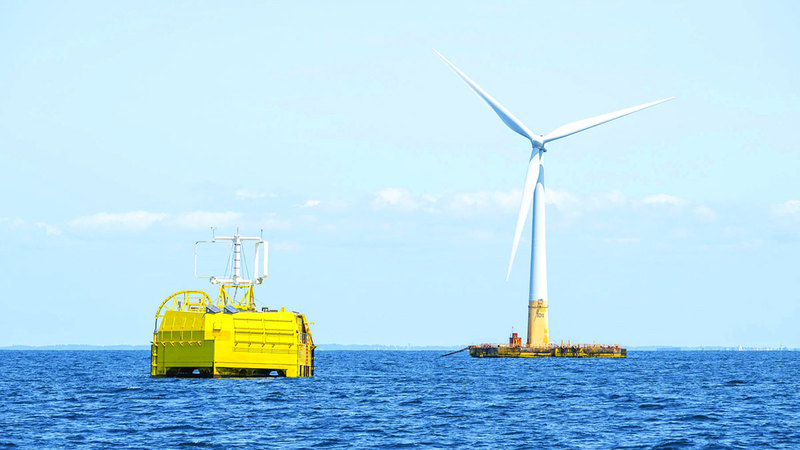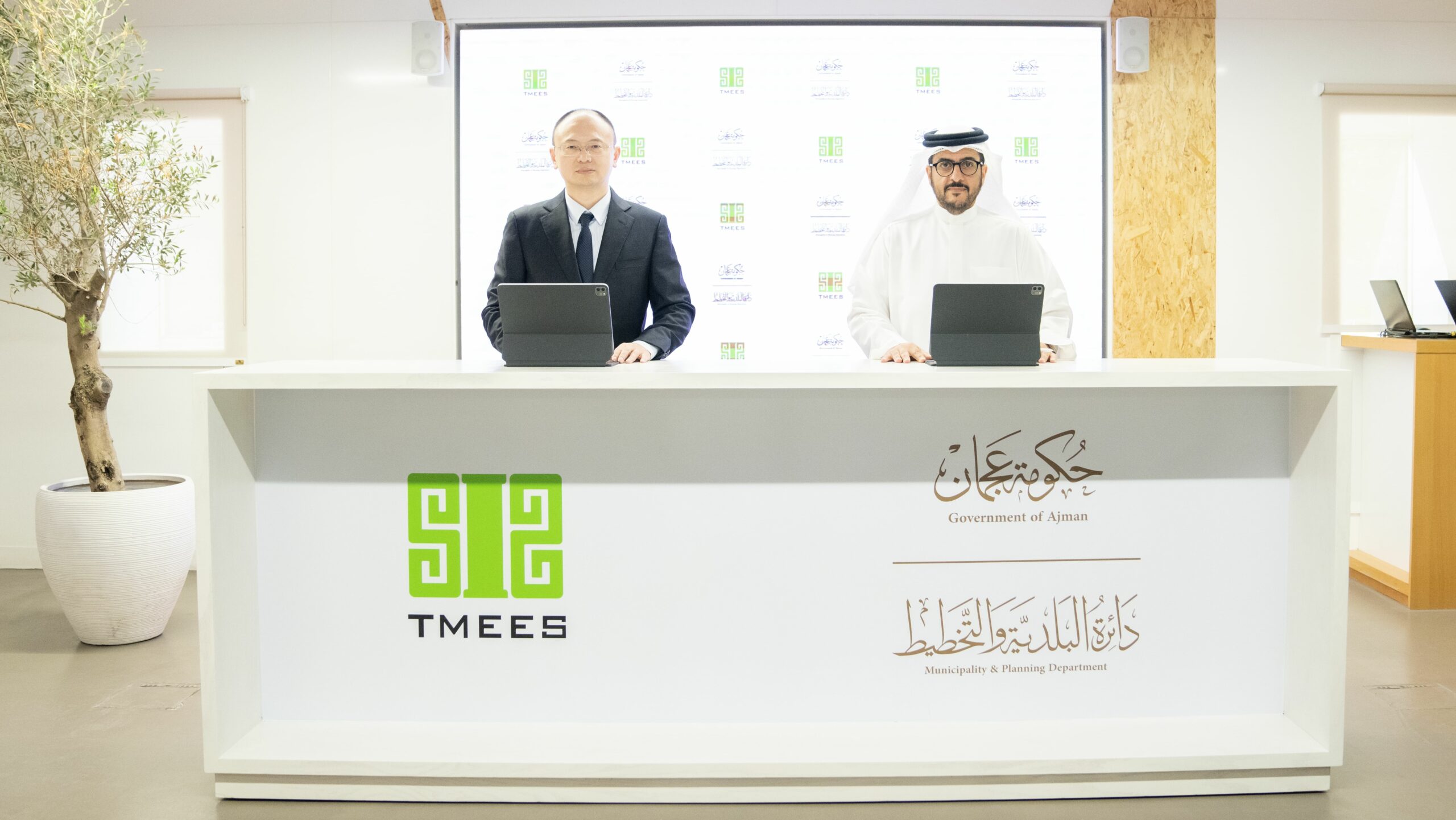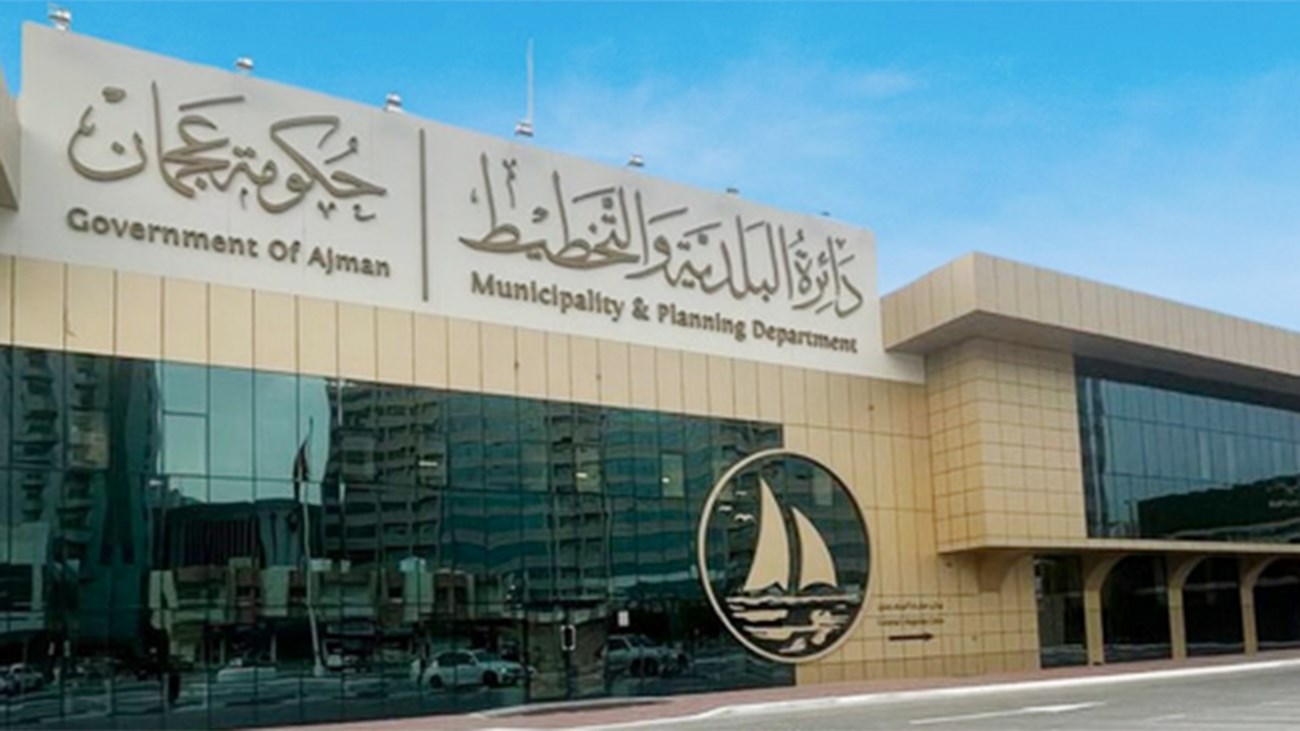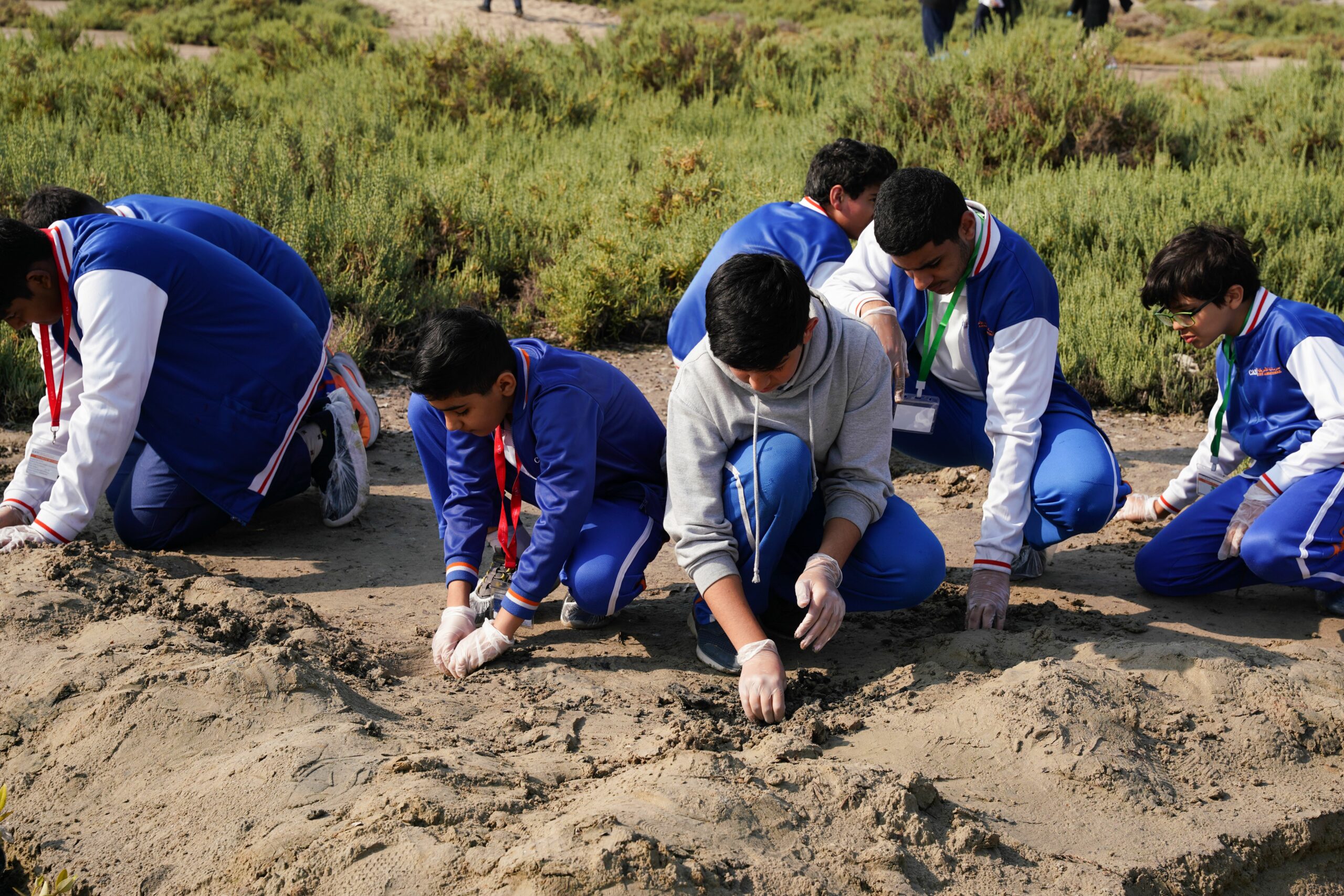كشف المحاضر في إدارة الهندسة البيئية بجامعة «بولتون» في إنجلترا، الدكتور مهندس عبد السلام درويش، عن دراسة حديثة، أظهرت أن طاقة الرياح البحرية العائمة تعد مصدراً واعداً لإنتاج الهيدروجين الأخضر، مشيراً إلى أن هناك ثلاثة سيناريوهات متداولة علمياً لدمج طاقة الرياح مع إنتاج الهيدروجين بشكل عام.
وقال درويش على هامش فعاليات مؤتمر عجمان الدولي السابع للبيئة، الذي انعقد أخيراً، إن الهيدروجين خيار جيد لتخزين الطاقة الزائدة التي يتم إنتاجها من مصادر الطاقة المتجددة، بما يحد من الانبعاثات ومن المخاطر التي تؤثر بشكل كبير في الكوكب، محدداً أربعة أنشطة تساعد على الحد من تلك المخاطر، وتشمل: الطاقة المتجددة، وكفاءة الطاقة، والمركبات الكهربائية، والهيدروجين.
وأشار إلى أن الطاقة المتجددة حققت تقدماً ملحوظاً، حيث من المتوقع أن يصل حجم الاستثمار العالمي فيها إلى 1.9 تريليون دولار بنهاية عام 2024.
حرارة الكوكب
وتفصيلاً، أكد المحاضر في إدارة الهندسة البيئية بجامعة «بولتون» في إنجلترا، الدكتور مهندس عبد السلام درويش، أن ظاهرة الاحتباس الحراري تؤثر بشكل كبير في الكوكب، مشيراً إلى أنه من المتوقع أن يرتفع متوسط درجة حرارة الأرض بمقدار أكثر من 1.8 درجة مئوية خلال العام الجاري، و2.75 درجة في عام 2050، و3.08 درجات بنهاية عام 2100، حيث إن هذه الزيادة ستؤدي إلى أخطار جسيمة، تشمل الأحوال الجوية المتقلبة، وفقدان التنوع البيولوجي، وانعدام الأمن الغذائي.
وقال درويش لـ«الإمارات اليوم»، على هامش فعاليات مؤتمر عجمان الدولي السابع للبيئة، الذي انعقد أخيراً، إن هناك أربعة أنشطة رئيسة يمكن أن تساعد على تخفيف تلك المخاطر، بما في ذلك خفض متوسط درجة الحرارة العالمية إلى 1.5 درجة بحلول عام 2050، موضحاً أن هذه الأنشطة تشمل: الطاقة المتجددة، وكفاءة الطاقة، والمركبات الكهربائية، والهيدروجين.
وأضاف أن الطاقة المتجددة حققت تقدماً ملحوظاً، وسط توقعات بأن يصل حجم الاستثمار العالمي فيها إلى 1.9 تريليون دولار بنهاية العام الجاري، لافتاً إلى أنه بهدف تحقيق الحياد الصفري بحلول عام 2050، يجب أن يأتي ثلثا توليد الكهرباء من المصادر المتجددة بحلول عام 2030، وهذا يتطلب زيادة القدرة الإنتاجية للطاقة المتجددة بنسبة 12% سنوياً لست سنوات، أي بزيادة عالمية من 200 غيغاواط سنوياً في عام 2024 إلى 630 غيغاواط سنوياً خلال عام 2030.
وذكر أن طاقة الرياح والطاقة الشمسية شهدتا انخفاضاً في التكاليف خلال السنوات الأخيرة، ما شجع على الاستثمار في هذين النوعين من الطاقة النظيفة، مبيناً أن قدرة توربينات الرياح وصلت إلى أكثر من 6.8 ميغاواط في البر، و16 ميغاواط في البحر.
الهيدروجين
وقال درويش: «منذ فترة طويلة كان الهيدروجين يُستخدم كمصدر للطاقة البديلة المحتملة، ومع تطور تكنولوجيا الهيدروجين الأخضر، أصبح من الممكن الآن إنتاج الهيدروجين بشكل نظيف وبيئي، ويعتبر الهيدروجين الأخضر خياراً مثيراً للاهتمام كوقود بديل للسيارات والطائرات، كما يُستخدم في مجالات أخرى، مثل توليد الكهرباء وتخزين الطاقة».
وأضاف أن «مصادر الهيدروجين الأخضر تعتمد على الطاقة المتجددة، مثل الطاقة الشمسية والرياح لإنتاجه، وفضلاً عن ذلك يُعتبر الهيدروجين خياراً جيداً لتخزين الطاقة الزائدة التي يتم إنتاجها من مصادر الطاقة المتجددة، بما يحد من انبعاثات غازات الاحتباس الحراري».
مصدر واعد
وأفاد درويش بأن طاقة الرياح العائمة البحرية تعتبر واحدة من المصادر الواعدة لإنتاج الهيدروجين الأخضر، لكونها طاقة هائلة، بما يجعلها واحدة من المصادر الواعدة لإنتاج الهيدروجين، وفقاً لما أظهرته دراسة حديثة. ولفت إلى أن هذه التقنية تعتمد على محطات الطاقة الرياحية العائمة في البحار والمحيطات، ما يسمح بتوليد كميات كبيرة من الكهرباء من الرياح البحرية بشكل نظيف ومستدام، ومن ثم يمكن استخدام هذه الكميات من الكهرباء الناتجة لتحلية المياه وتحليلها لإنتاج الهيدروجين الأخضر. وأوضح أن عملية إنتاج الهيدروجين الأخضر تعتمد على استخدام «الإلكتروليزر» لتحليل الماء إلى أكسجين وهيدروجين باستخدام الكهرباء التي تم إنتاجها من خلال محطات طاقة الرياح العائمة، إذ يحظى نظام الطاقة المعتمد على الهيدروجين باهتمام كبير على مستوى العالم، باعتباره عنصراً أساسياً في شبكة الطاقة المستقبلية، وقد تم تحديد أهداف الجدوى الفنية لهذا النوع من النظام.
سيناريوهات
وبيّن درويش أن هناك ثلاثة سيناريوهات متداولة علمياً لدمج طاقة الرياح مع إنتاج الهيدروجين بشكل عام، حيث يتضمن السيناريو الأول التحليل الكهربائي المركزي على الشاطئ، للاستفادة من سرعات الرياح الأقوى والأكثر اتساقاً، بحيث يتم نشر مزارع الرياح البحرية العائمة واسعة النطاق في المياه العميقة، وتنقل «الكابلات» تحت سطح البحر الكهرباء التي تنتجها «توربينات» الرياح البرية التي تعمل على تشغيل مرافق التحليل الكهربائي المركزية لإنتاج الهيدروجين الأخضر، واعتبار البنية التحتية لإنتاج وتوزيع الهيدروجين على الأرض مناسبة تماماً للمناطق ذات موارد الرياح البحرية القوية، ووفرة الأرض المناسبة. وأضاف أن السيناريو الثاني يتضمن التحليل الكهربائي اللامركزي البحري، إذ يتم وضع وحدات التحليل الكهربائي في موقع مشترك مع مزارع الرياح العائمة على المنصات البحرية، ويتم نقل الهيدروجين المنتج في البحر إلى الشاطئ عبر خط أنابيب أو وسائل نقل أخرى، وسيكون هذا النهج مفيداً للمناطق التي ليس لديها مساحة برية لمعدات التحليل الكهربائي، أو التي لا تستطيع نقل الكهرباء تحت سطح البحر لمسافات طويلة. أما السيناريو الثالث المختلط، فأوضح درويش، أنه يتضمن الجمع بين السيناريوهين الأول والثاني في نهج مختلط، حيث قد تتصل بعض مزارع الرياح البحرية بمرافق التحليل الكهربائي البرية، بينما قد يستخدم الآخرون خطوط الأنابيب لنقل الهيدروجين والتحليل الكهربائي البحري، لافتاً إلى أنه من شأن هذا السيناريو أن يوفر قدراً أكبر من المرونة اعتماداً على احتياجات المنطقة ومواردها.
تكاليف أقل
وذكر درويش أنه إضافة إلى معالجة العقبات اللوجستية، تعمل تلك الاستراتيجية المبتكرة على تعزيز التجارة الحرة، وخفض التكاليف، وتبسيط البنية التحتية.
وأكد درويش أن المشروع لا يتطلب حيازة الأراضي على نطاق واسع، لذلك فهو يتحمل تكاليف أقل، ويبسط العمليات. وعلاوة على ذلك، فإن غياب البنية التحتية البرية المعقدة يسهّل التنفيذ الأكثر سلاسة، والقبول العام من خلال تعزيز الكفاءة والسلامة.
«كوب 28»
قال المحاضر في إدارة الهندسة البيئية بجامعة «بولتون» في إنجلترا، الدكتور مهندس عبدالسلام درويش، إن مؤتمر الأطراف للمناخ (كوب 28)، الذي استضافته دولة الإمارات أخيراً، شهد دراسة إنتاج الهيدروجين الأخضر من طاقة الرياح البحرية العائمة، حيث تم التركيز على العوامل الداعمة، مثل التعاون العالمي وتبادل الخبرات، وإصدار الشهادات، والتعاون الفني، وإمكانات السوق، مشيراً إلى أنه تم النظر في كل هذه العوامل بعناية، من أجل تحقيق نتيجة ناجحة ومبشرة لتطوير وتبني تكنولوجيا توليد الهيدروجين من الطاقات الجديدة والمتجددة.





